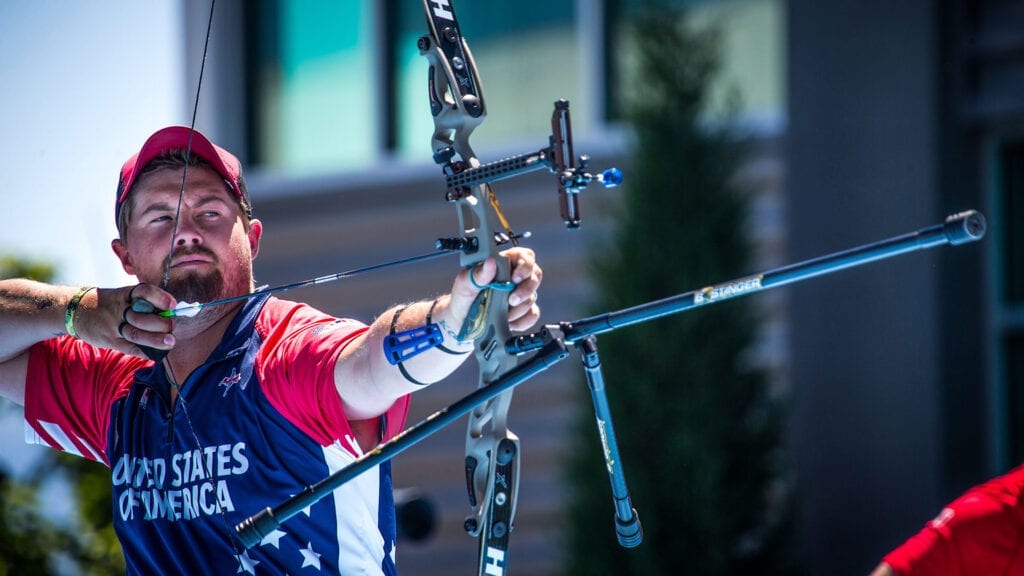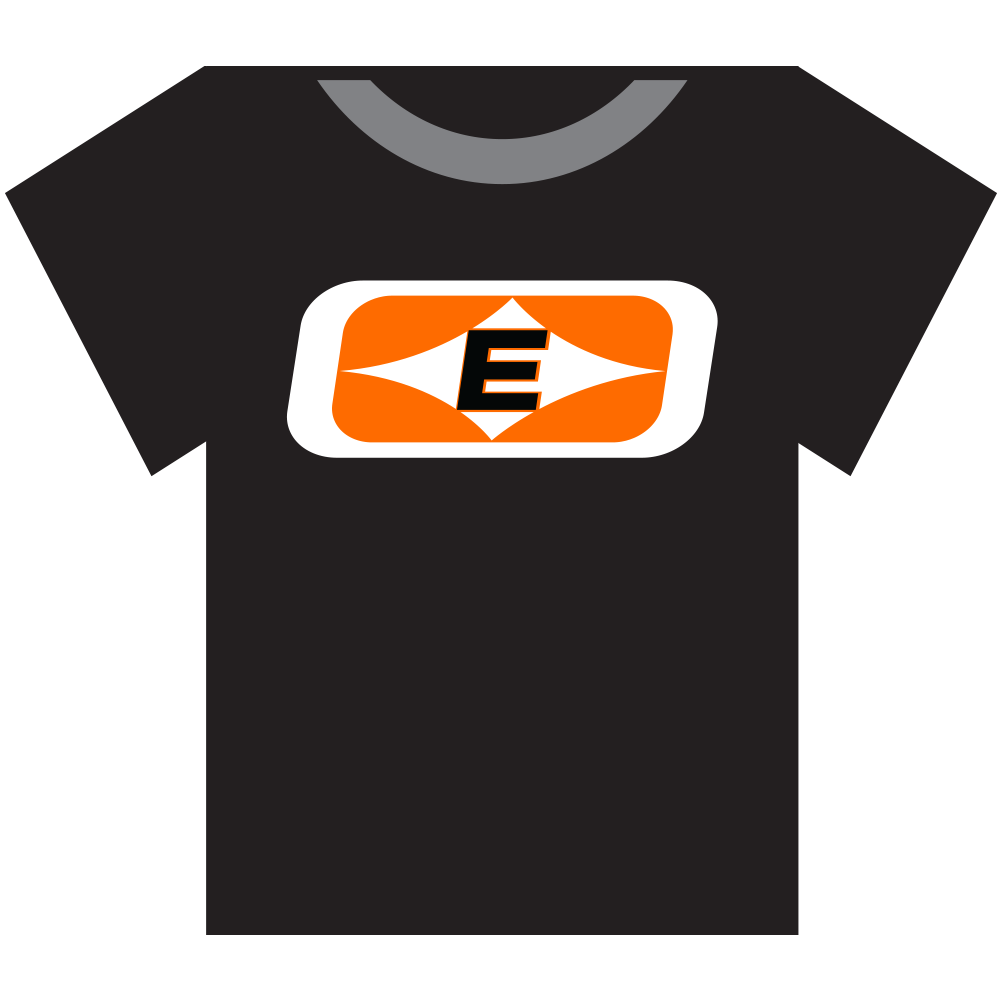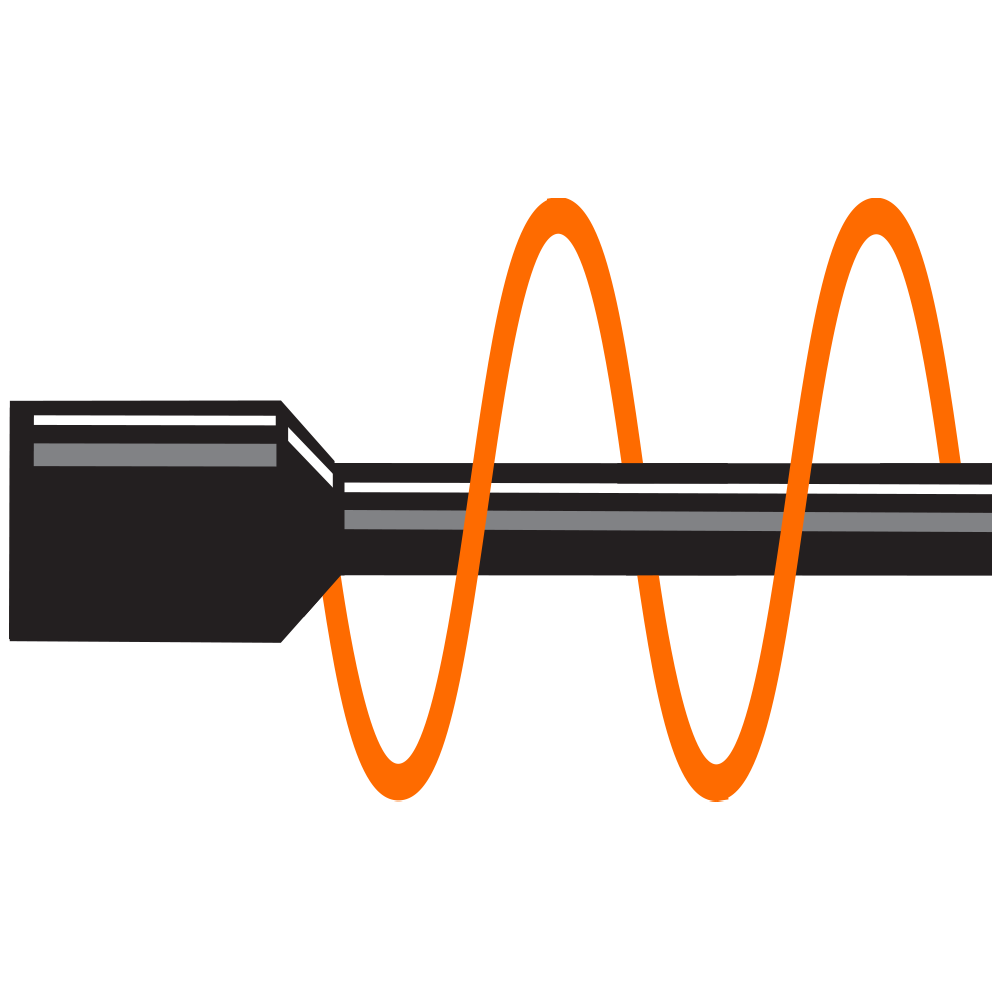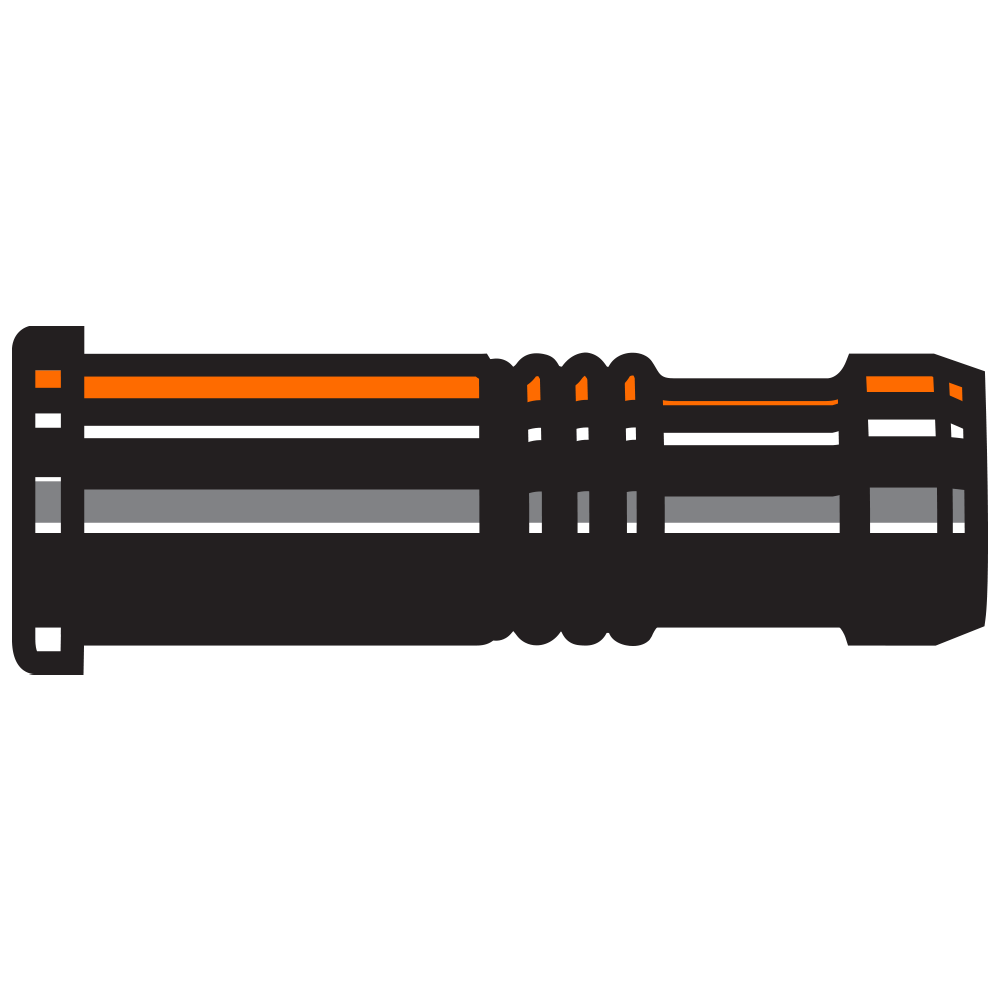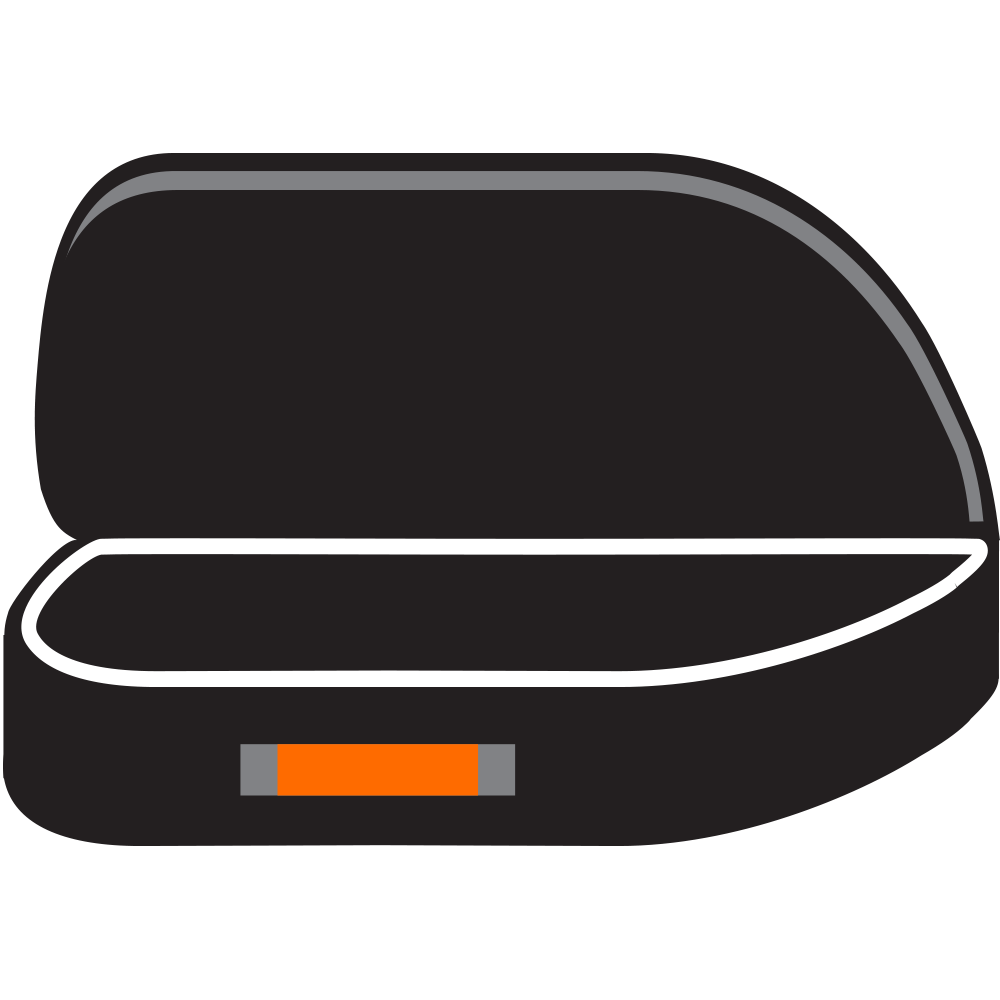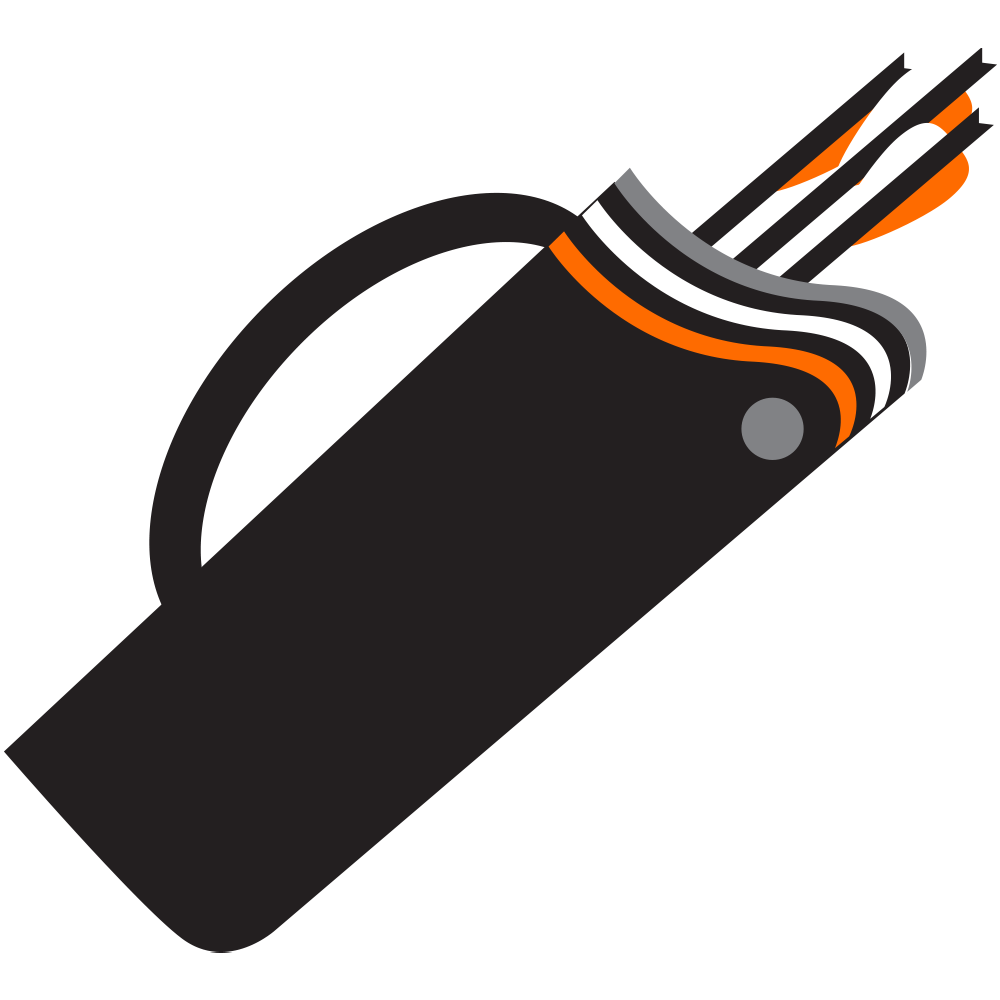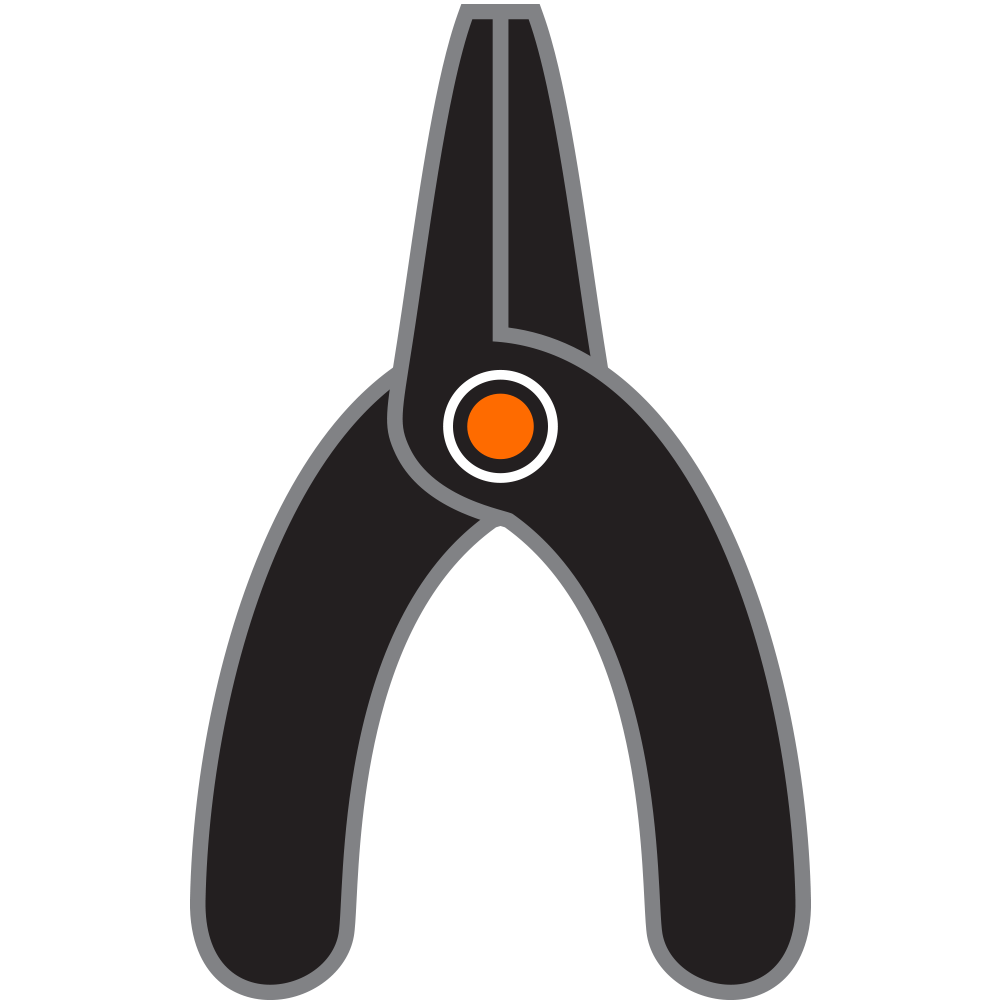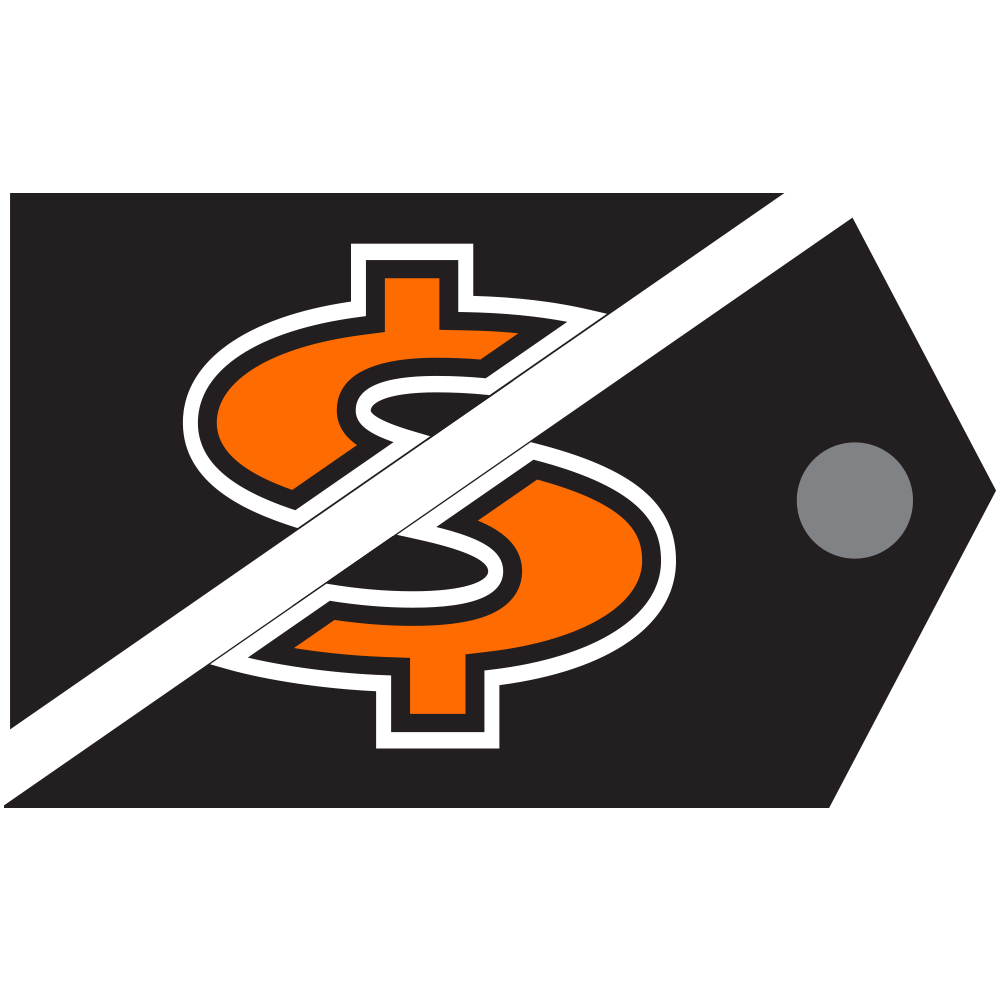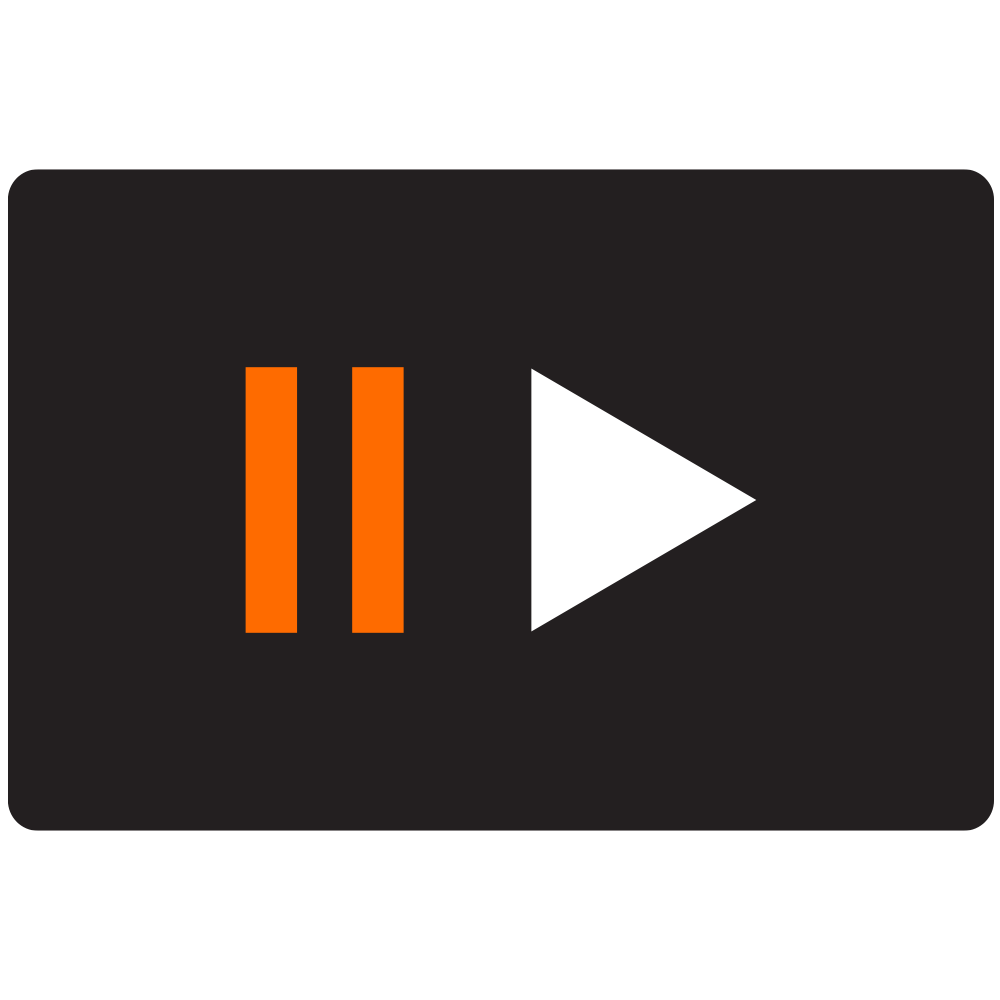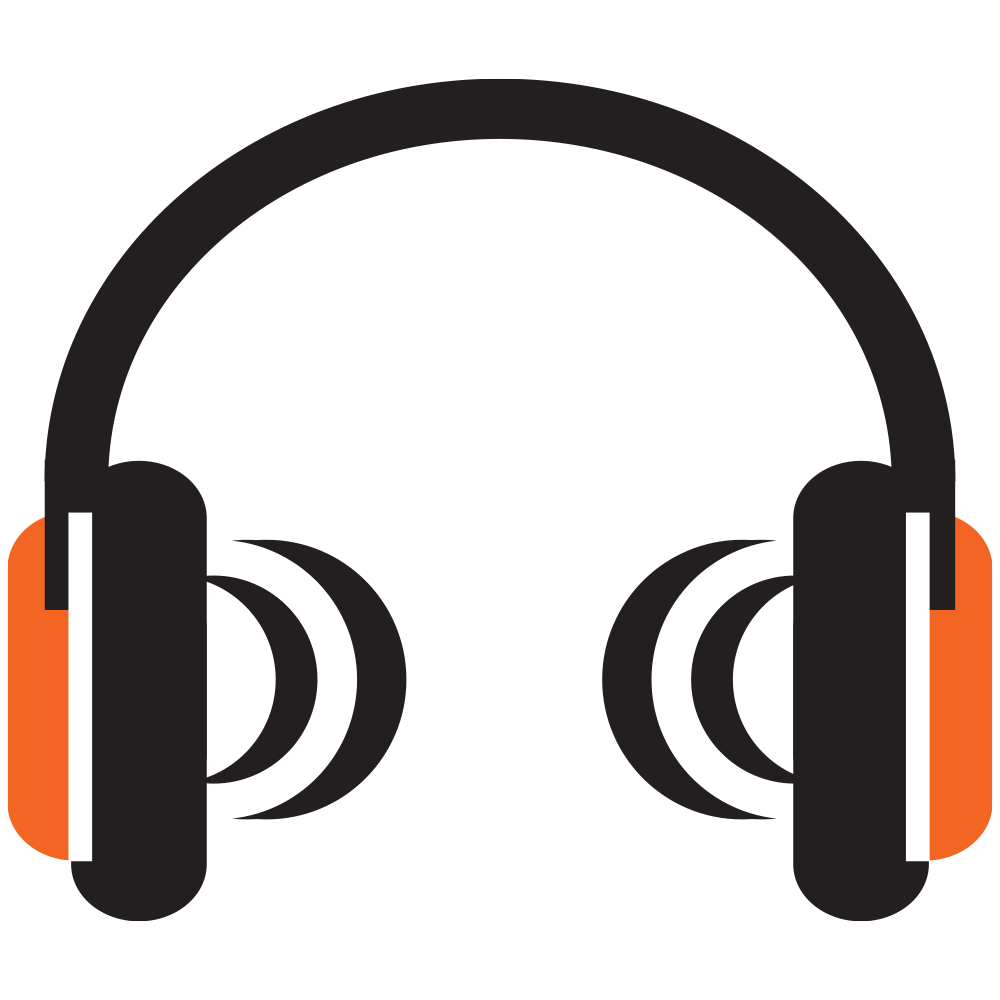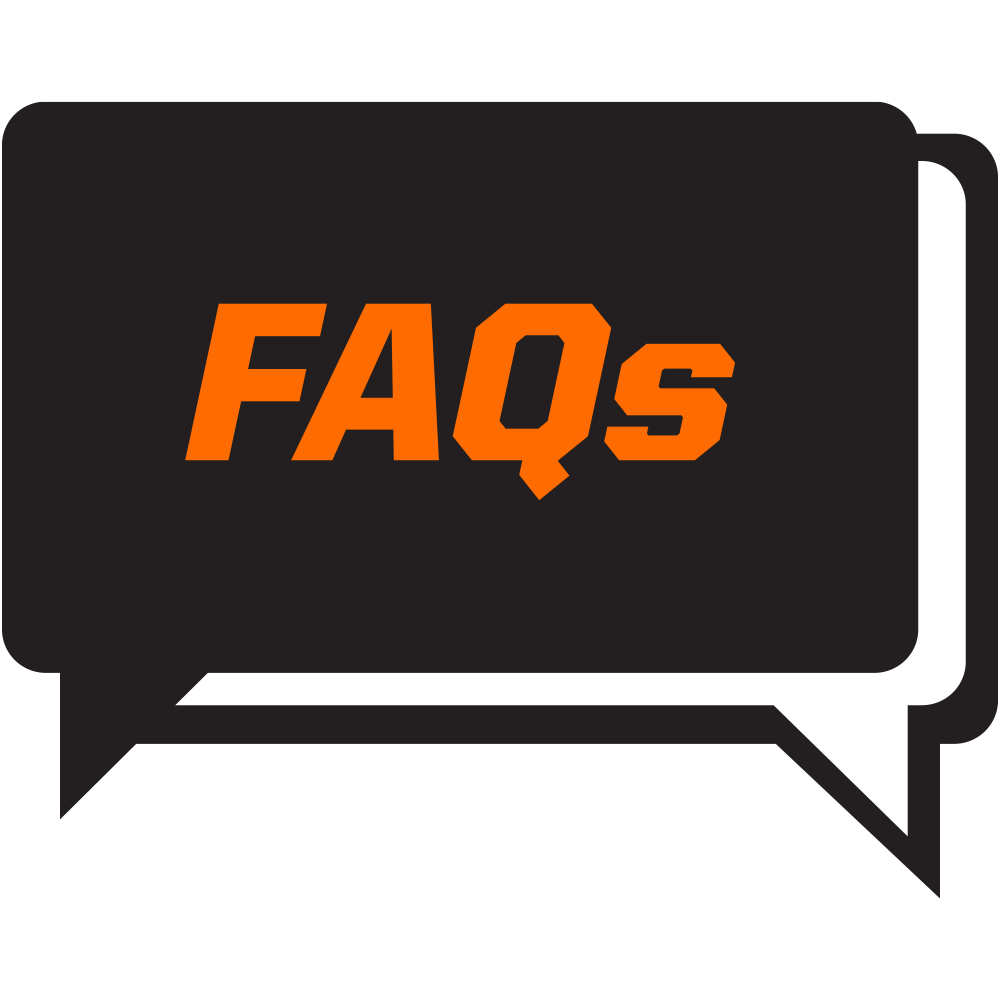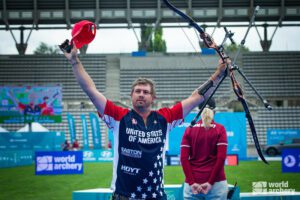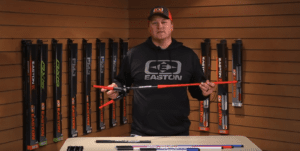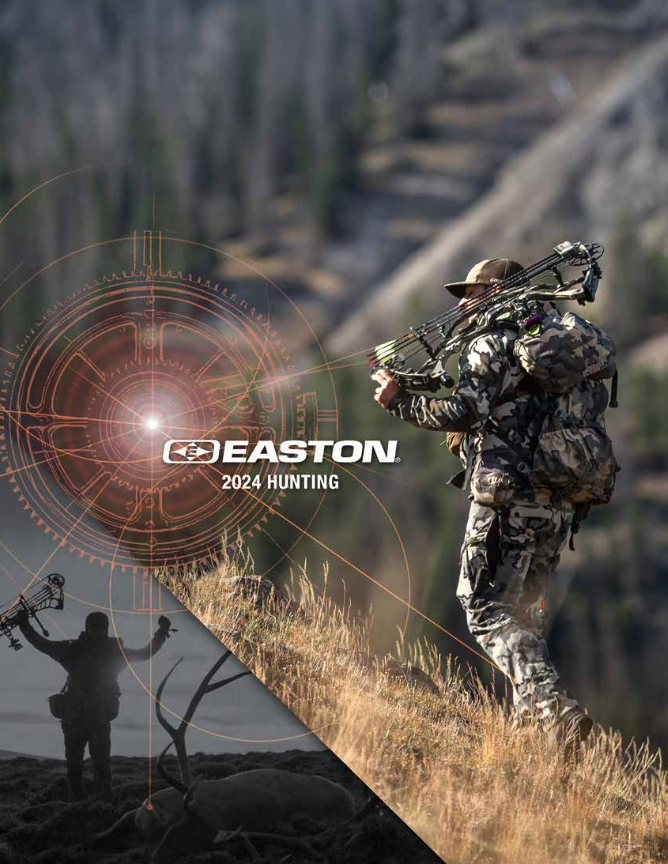by George Tekmitchov, Sr Engineer/Target Product Manager
The world’s best recurve shooters rely on the bare shaft planing method for tuning purposes for several reasons- the most important of which is, it works!
However, unsurprisingly, the degree to which it works depends heavily upon shooter consistency and the consistency of the test method.
Following a few basic rules will improve the consistency and predictability of the test, while at the same time, increase accuracy and repeatability.
- Don’t push your limits. Restrict your bare shaft tuning to the maximum distance where you can keep most of your shots in the gold. For many, this is 30M. Fortunately, 30M is enough to tell you nearly everything you need to know in a basic bare shaft planing test.
- Know where it goes. Many top shooters (including compound shooters) like to know their bare shaft impact positions at various distances. This is because they like to shoot a couple of bare shafts as part of the warm-up before each scoring session. When bare shafts hit in the expected place, it’s a real confidence-builder. But note the next tip:
- Archery is a game of consistency, and bare shaft tuning is even more so. Don’t rely on test results shot in windy or otherwise poor conditions.
- Speaking of consistency, there’s about a 9 grain difference between a bare shaft and one that’s fletched with common 1.75”-2” plastic vanes. This amount of weight difference on the back of the shaft causes misleading test results, because it can affect dynamic spine. Always remember to replace removed weight with something that will not affect the aerodynamics of the bare shaft. I like to use an equivalent weight of tape on the back of the shaft. Bonus tip– If you’re using Spin Wings, simply tape them down along the curl until you’re done testing- no need to strip them.
- Mix up your shots. Don’t always shoot the fletched and bare shafts in the same order. I frequently see shooters tighten up a bit on that bare shaft tuning shot. This can lead to incorrect and erratic results- especially when a coach is watching closely. It’s important to treat it like any other arrow in the quiver. Relax and shoot the shot normally.
- Don’t shoot just a single bare shaft- set up and use at least two of them. I like to shoot at least two fletched and two bare shafts at least 2-4 times when evaluating a setup, and more when fine tuning. If you have any issues with your shot, this number should be extended significantly so you can average out any shooter error.
- If your arrows have well-worn nocks, and your bare shafts have all-new nocks, you can’t expect a completely accurate test result. Make sure components match in all possible ways. Similarly, loose points or nocks can cause arrow flight issues that can lead to inconsistent test results.
- Remember, one variable at a time. When doing bare shaft testing, get the nocking point position worked out before you start playing with other parameters. Then only adjust one parameter at a time until you get the desired results.
More info
Need more details on how to get started with the bare shaft tuning process? We’ve got you covered. Download a free copy of the Easton Tuning Guide Here!




